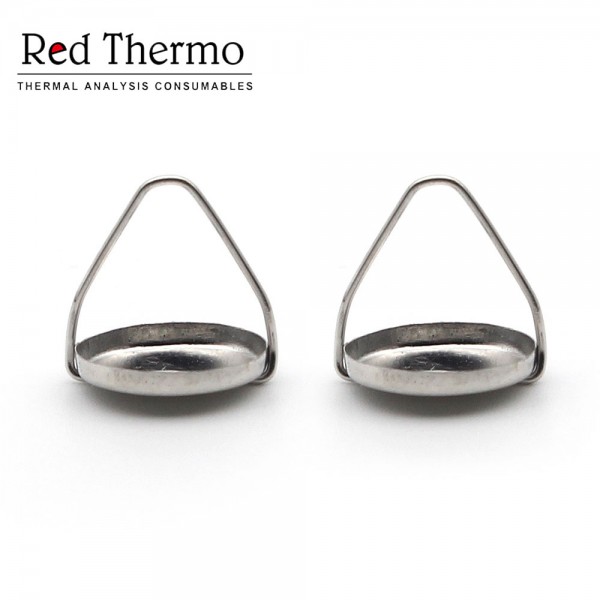Your cart is empty.
shop now
Your cart is empty.
shop now
Adhering to rigorous best practices is paramount in mitigating potential risks such as contamination, damage, and inaccuracies that can compromise the integrity of invaluable scientific data. This underscores the significance of a comprehensive approach to crucible preparation, starting with the fundamental step of cleaning.
Proper preparation and handling of thermal analysis crucibles are crucial for ensuring accurate and reproducible DSC measurements. Following best practices can help minimize the risk of contamination, damage, and other issues that can compromise the integrity of your data.
One of the most important steps in crucible preparation is cleaning. Crucibles should be thoroughly cleaned before each use to remove any residual samples, contaminants, or reaction products from previous experiments. This can be done using a combination of solvents, acids, or high-temperature treatments, depending on the crucible material and the nature of the contaminants. Proper cleaning helps to ensure that the crucible is free of any interfering substances that could affect the DSC measurement.
Another essential step is the conditioning of the crucible. Depending on the crucible material and the specific application, it may be necessary to pre-treat the crucible by heating it to a specific temperature or exposing it to a controlled atmosphere. This conditioning process can help stabilize the crucible's surface, remove any adsorbed gases or moisture, and ensure consistent thermal behavior during the DSC measurement.
Proper handling of the crucibles is also critical. Crucibles should be handled with care to avoid physical damage, such as scratches, dents, or deformation, which can alter the crucible's thermal properties and introduce errors in the DSC data. It is recommended to use clean, non-metallic tweezers or tongs when handling the crucibles, and to avoid touching the interior surfaces with bare hands.
When loading the sample into the crucible, it is essential to ensure proper sample distribution and contact with the crucible walls. Uneven sample distribution or poor thermal contact can lead to inaccurate heat flow measurements and inconsistent results. Techniques such as gently tapping or shaking the crucible can help to improve sample packing and ensure uniform heat transfer.
Finally, proper storage and transportation of the crucibles are also crucial. Crucibles should be stored in a clean, dry environment to prevent contamination or degradation of the material. When transporting crucibles, it is important to use protective containers or holders to minimize the risk of physical damage.
By following these best practices for preparing and handling thermal analysis crucibles, researchers and analysts can optimize the quality and reliability of their DSC measurements, leading to more accurate and meaningful data.
In summary, the art of preparing and handling thermal analysis crucibles is a meticulous process that underpins the success of DSC measurements. By diligently cleaning, conditioning, and handling crucibles with care, researchers and analysts can mitigate the risk of contamination, damage, and errors that could otherwise compromise the quality of their data. Ensuring proper sample distribution, storage, and transportation further solidifies the foundation for accurate and reliable DSC measurements. Ultimately, these best practices pave the way for a deeper understanding of material behavior, driving scientific advancements and technological innovations forward.